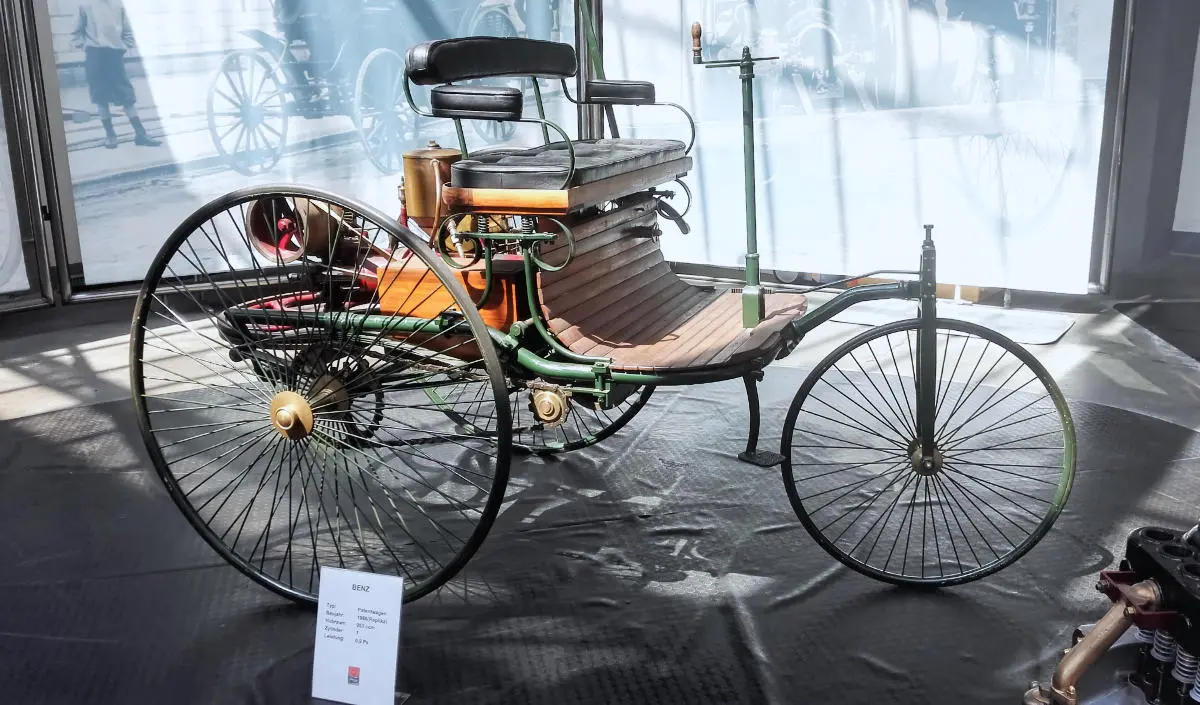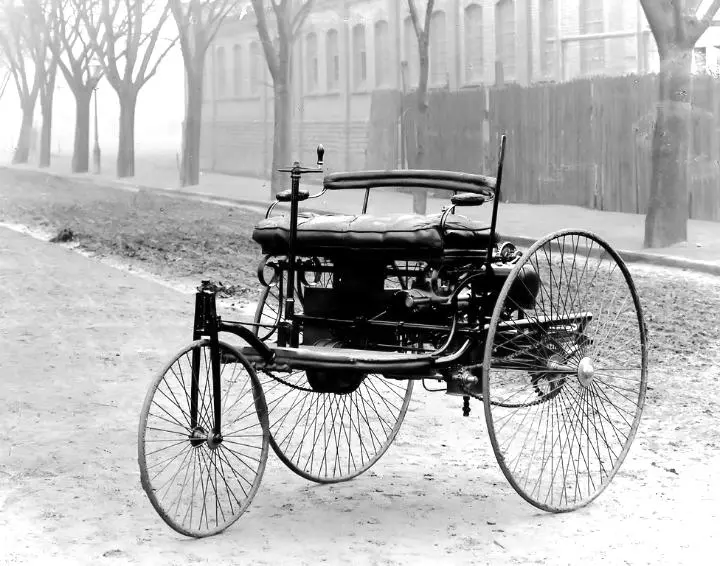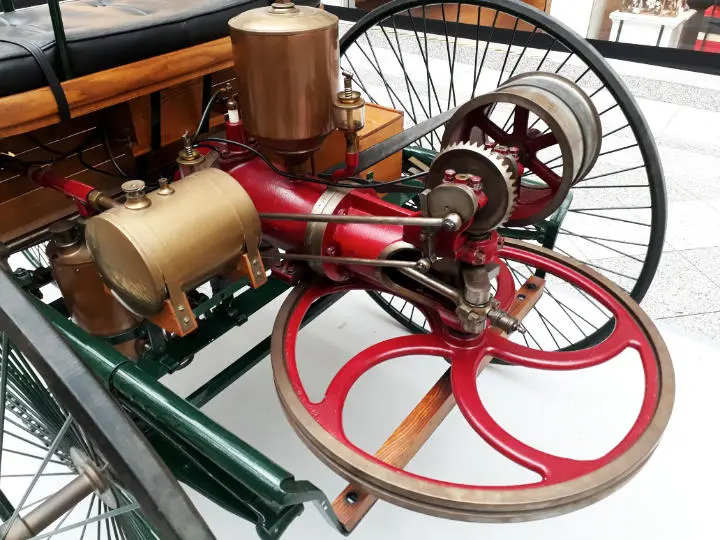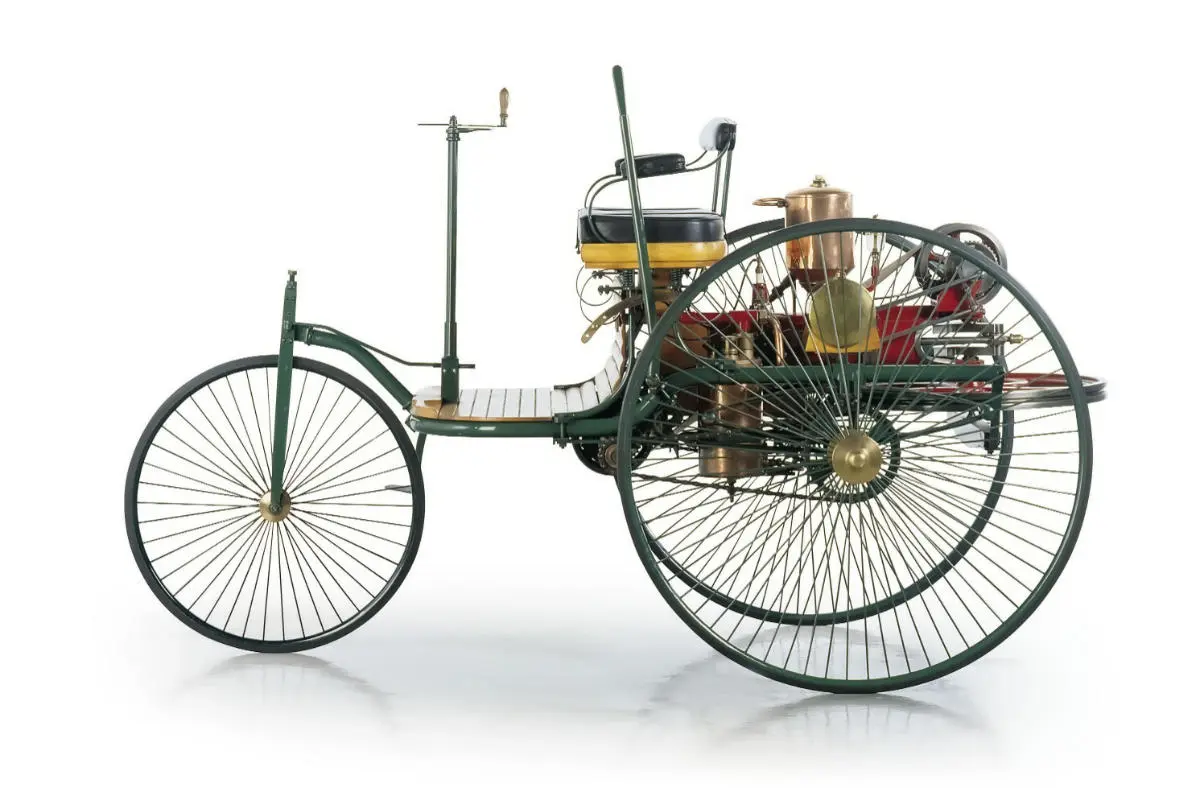Unraveling the Velocity of the First Automobile
Explore the velocity of the inaugural automobile and its pivotal role in revolutionizing the world of transportation.

In today's era, where cars are an everyday necessity and speed records are constantly being shattered, it can be intriguing to look back and wonder how the first car ever made would compare. The birth of automobiles revolutionized the way we travel and paved the way for countless advancements in transportation. But just how fast was the first car?
Join us as we delve into the exciting world of automotive history and uncover the remarkable speed achievements of the earliest automobile pioneers. Get ready to take a trip back in time and discover how the first car's speed is stacked up against the high-speed machines we see on the roads today.
The historical context of the first automobile
The development and invention of the first automobile took place in the late 19th century and early 20th century against the backdrop of significant technological advancements and social changes.
During the 19th century, many crucial inventions and innovations occurred that laid the foundation for the invention of the automobile. These include the introduction of the steam engine, the development of railways and locomotives, and the discovery of petroleum as a source of fuel. These advancements set the stage for the development of a self-propelled vehicle.

In the 1880s, several inventors and engineers were experimenting with various designs and concepts for automobiles. One of the key figures was Karl Benz, a German engineer who developed the Benz Patent-Motorwagen in 1885. This three-wheeled vehicle is widely considered to be the first practical automobile powered by an internal combustion engine.
The historical context of the first automobile is also influenced by the social and economic circumstances of the time. The late 19th century witnessed rapid urbanization and industrialization, leading to increased demand for transportation. Horses were the primary means of transportation, but they were costly to maintain, required significant infrastructure, and were limited by their speed. The invention of the automobile offered a more efficient and reliable alternative, promising greater mobility and freedom. However, the first automobiles were initially seen as novelties and were primarily owned by wealthy individuals.
In conclusion, the historical context of the first automobile is characterized by technological advancements, social changes, and increasing demand for transportation.
The invention of the first automobile and how fast it was
It was in the late 19th century that the first true automobile was born. Karl Benz is often credited with inventing the first practical automobile. In 1885, Benz completed his Motorwagen, a three-wheeled vehicle powered by an internal combustion engine. This marked a significant turning point in the history of transportation.

Benz's invention incorporated several groundbreaking technological innovations at the time. He developed a lightweight, gasoline-powered internal combustion engine, which revolutionized the automobile industry. This engine used a four-stroke cycle, similar to engines used in modern cars, and could produce sufficient power to move the vehicle. Additionally, Benz introduced a chain drive, a spark plug ignition, and a water-based cooling system to maintain optimal engine temperature.
The three-wheeled vehicle designed by Benz featured a tubular steel frame, wooden carriage body, and steel-spoked wheels. It had a maximum speed of around 16 km/h (10 mph).
Challenges faced by the first car in achieving speed
The first car faced several challenges in achieving speed due to various technological limitations and design issues. Some of the major challenges include:
- Lack of Powerful Engines: The first cars were powered by relatively weak engines compared to modern standards. The internal combustion engines were not as efficient and powerful as contemporary engines.
- Limited Fuel Efficiency: Early cars had poor fuel efficiency, which hindered their ability to generate and sustain high speeds. Their engines were less optimized, and fuel consumption was high. This made it challenging to achieve and maintain high speeds for extended periods.
- Structural Integrity and Safety Concerns: The first cars were often built with basic materials and lacked safety features, such as seatbelts. This posed challenges in achieving high speeds as the vehicles were not structurally engineered to withstand the forces and vibrations experienced at greater velocities.
- Unpaved and Poorly Maintained Roads: The lack of well-maintained, smooth roads during the early days of automobiles posed challenges to achieving speed. Rugged and uneven surfaces made it difficult for cars to achieve higher speeds as it increased the chances of losing control, damaging the vehicle, or even causing accidents due to poor traction.
- Limited Driver Experience and Skill: Initially, there was a lack of experienced drivers who understood the nuances of handling a car at high speeds. This limited the ability of the driver to optimize the car's performance and contributed to the challenges faced in achieving speed.
Overcoming these challenges required advancements in engine technology, automotive design, road infrastructure, safety features, and driver training. Gradually, these improvements laid the foundation for modern cars capable of achieving and sustaining high speeds.

The first car's speed in perspective
The invention of the first car, Karl Benz's Patent-Motorwagen, in 1886 marked the beginning of the automobile industry and revolutionized transportation.
While slow compared to modern vehicles, the Patent-Motorwagen and the cars that came after it provided people with a faster and more convenient mode of transportation compared to traditional methods like horse-drawn carriages. This revolutionized personal mobility and paved the way for the development of road networks, fueling economic growth and social integration.
In addition, businesses could transport products further to other markets more rapidly, expanding their customer base and boosting trade.
The speed of the first car played a significant role in shaping society and culture. It brought about a sense of excitement and adventure, as people could explore new places and experience travel like never before. It could also be attributed to the emergence of tourism, as individuals could venture to scenic destinations quickly and comfortably.
Later, the automobile industry also played a significant role in shaping the modern world. It created new jobs and economic opportunities, driving industrialization, mass production, and urbanization. It also led to the development of infrastructure such as roads, gas stations, and service centers, which further facilitated the growth of the industry.
Conclusion
While its speed may seem remarkably slow by today's standards, it was a groundbreaking achievement for its time. With a top speed of around 16 km/h (10 mph), the first car paved the way for future innovations and set the stage for the rapid advancements we have witnessed in the automotive industry and our society.
As we reflect on the origins of the first automobile and how fast it was, we are reminded of the importance of speed and innovation in driving progress. The need for speed propelled inventors and engineers to push the boundaries of what was possible, leading to the creation of faster, more efficient, and more powerful vehicles.
Also read:

